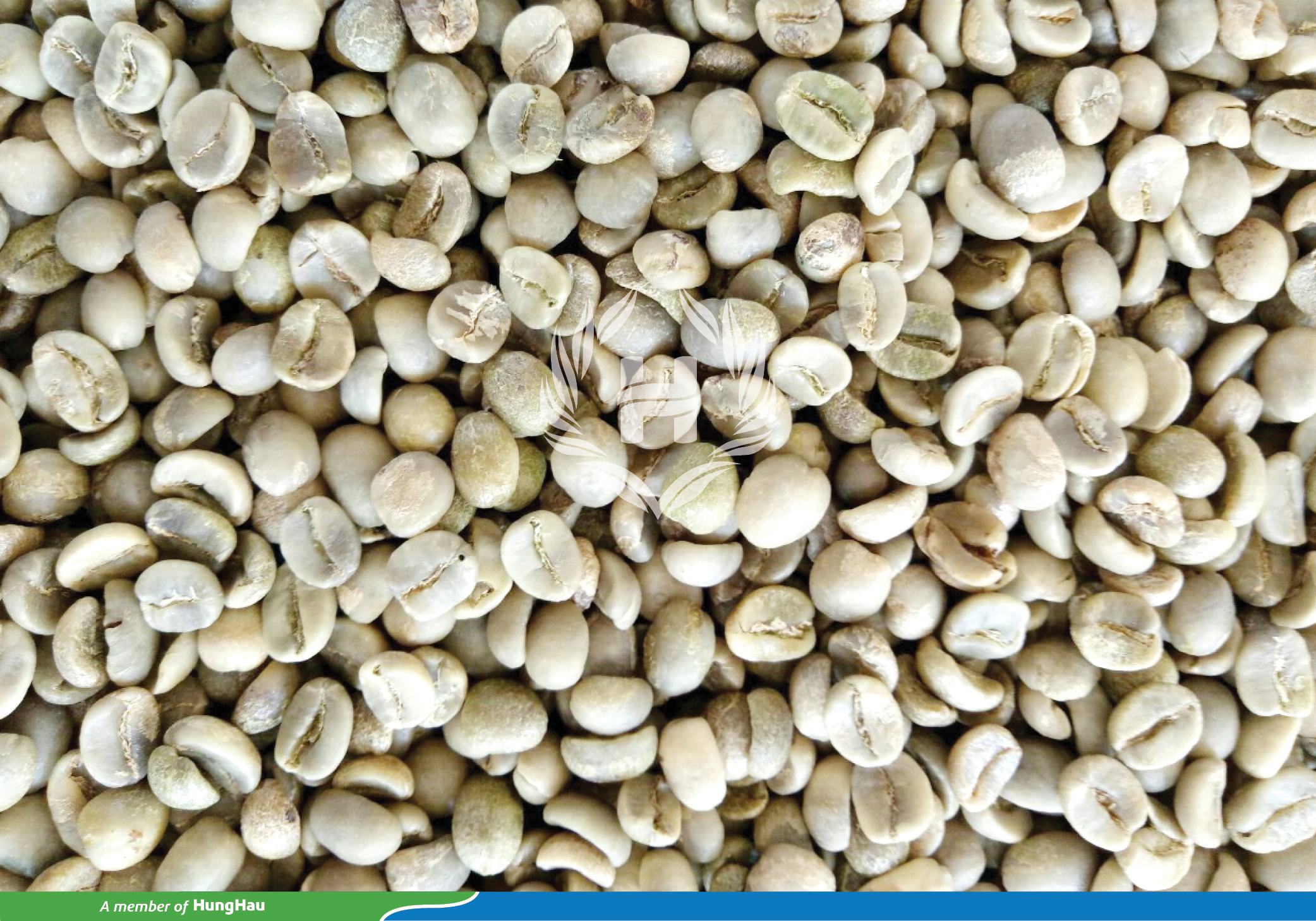Coffee prices on the two floors continued to decrease due to strong liquidation by funds and speculators. In addition, improved rainfall in Brazil helps ease concerns that output will be affected by drought. Another factor that is also driving down coffee prices is the increasing inventory on two floors.
Domestic coffee prices also dropped sharply for the second consecutive session but remained anchored above the 130,000 VND/kg mark.
A recovery in coffee supply in the ICE market has weighed on prices after ICE-monitored Arabica coffee inventories rose to a one-year high on May 1 and Robusta coffee inventories rose to a high, most in the past 5 months.
The increase in the price of the USD has also contributed to weighing down most commodities traded on international exchanges, including coffee, which is in a state of liquidating its buying positions. In particular, Arabica coffee prices decreased by 3% during the week and hit the lowest level of the month at the end of last week in the context of rebalancing commodity indexes, and Fund Sources continued to liquidate buying positions.
At the same time, the forecast for Brazil’s low harvest due to drought is somewhat “refreshed” because the updated weather forecast is likely to have rain next week. The US Federal Reserve (Fed) on May 1 kept the reference interest rate unchanged at a 23-year peak while denying the possibility of increasing interest rates.
With this decision, the US policy interest rate currently continues to fluctuate in the range of 5.25–5.5%, the highest level in 23 years and maintained since July 2023. The above decision continues to negatively affect commodity markets during the day.
Coffee exports from Brazil were boosted in April. According to preliminary statistics from CECAFE, as of April 30, the South American country had exported about 4.6 million bags of coffee, with 3.5 million bags of Arabica in granular form, up 27% over the same period last month.
 Currently, coffee-harvesting activities in Brazil have begun. Although progress is still slow, it can be accelerated in the near future, giving Brazilian farmers more reasons to boost sales.
Currently, coffee-harvesting activities in Brazil have begun. Although progress is still slow, it can be accelerated in the near future, giving Brazilian farmers more reasons to boost sales.
Robusta coffee prices decreased in the context of dry weather in the Central Highlands of Vietnam continuing to be tense, although rain has appeared in some places, reducing the long-term drought.
However, analysts believe that this is only a temporary adjustment phenomenon when Vietnam’s 2024–2025 coffee output still faces many risks. The Central Highlands region is expected to witness further peak heat waves before the rainy season begins in June.
In addition, in March, Vietnam only exported 3,093.4 tons of coffee, down 59% over the same period last year, mainly due to a supply shortage. But there are also opinions that, technically, if the funds maintain the progress of liquidating their buying positions, the London market in July is at risk of seeing the price drop to about 3,650 USD/ton.
The General Statistics Office of Vietnam said: Coffee exports in April 2024 reached 170,000 tons, with a turnover of more than 644 million USD, down 10% in volume and 4.1% in turnover compared to the previous month; an increase 3.9% in volume and a sharp a sharp increase of 61.5% in turnover compared to the same period in 2023.
Accumulated in the past 4 months, coffee exports reached 755,696 tons, with a turnover of more than 2.57 billion USD, an increase of 5.4% in volume and a sharp increase of 57.9% in turnover compared to the same period in 2023. Price average coffee exports in April 2024 continue to increase, reaching 3,791 USD/ton, up 6.6% over the previous month and up 55.4% over the same period in 2023.
Overall, in the first 4 months of 2024, the average export coffee price reached 3,402 USD/ton, an increase of 49.7% over the same period in 2023. The consequences of El Nino last year that lasted until early 2024 are having consequences. This has serious consequences for crops, especially coffee trees, which usually need a lot of water but are struggling with the worst drought in many years in Vietnam.
The supply of Robusta coffee, especially from Vietnam at this time, continues to be tight, continuing to push up coffee prices.
Source: Tincaphe.com



 Tiếng Việt
Tiếng Việt